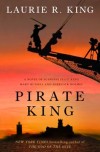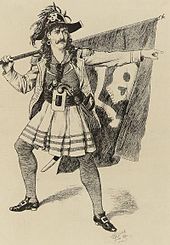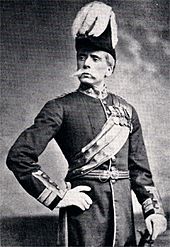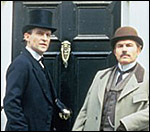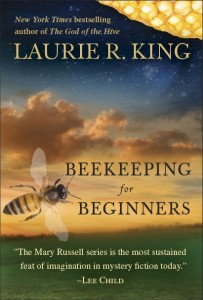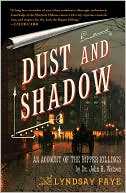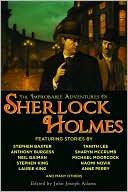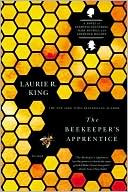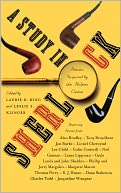 A Study in Sherlock is a new collection of stories inspired by the Holmes canon. I purchased a copy because it was edited by Laurie R. King (and Leslie S. Klinger). So far, I have not been disappointed by any work touched by Ms. King, and A Study in Sherlock did not break that tradition.
A Study in Sherlock is a new collection of stories inspired by the Holmes canon. I purchased a copy because it was edited by Laurie R. King (and Leslie S. Klinger). So far, I have not been disappointed by any work touched by Ms. King, and A Study in Sherlock did not break that tradition.
The authors who contributed to this collection are all well-respected mystery writers. I’m familiar with many of them. A few (Margaret Maron, Dana Stabenow and Charles Todd) are favorites. I even met Dana Stabenow when I lived in Anchorage. Alaska is the biggest small town in the world.
As part of their contribution to the anthology, each author told the story of when they were first introduced to Sherlock Holmes. Naturally, I tried to remember when I first met the world’s first “consulting detective”. When I was a child, my mom was a subscriber to Reader’s Digest Condensed Books. So, when I started reading, she got the Best Loved Books for Young Readers set for me. “Great Cases of Sherlock Holmes” is in book 4. That’s one mystery solved!
But the stories in this particular volume, like the proverbial mileage, vary. Some are actual Holmes pastiches. Some use the Canon as inspiration for detectival flights of fancy that barely relate to Holmes. And, some I liked, some, not so much.
My favorite Holmesian pastiche has to be S.J. Rozan’s The Men with the Twisted Lips. It is virtually a prequel to Dr. Watson’s own tale of The Man with the Twisted Lip, except this version of the story is told from the point of view of the opium dealers in the notorious Limehouse district, as they maneuver the observation of Mr. Neville St. Clair in his rented quarters over the Lascar’s opium den by Mrs. St. Clair, all so that Mrs. St. Clair will involve the famous detective Sherlock Holmes. This new point of view dovetails perfectly with the narrative we know. Excellently done!
The Adventure of the Concert Pianist by Margaret Maron is also very interesting. It’s a case that Dr. Watson and Mrs. Hudson solve on their own during the “Great Hiatus” between Reichenbach Falls and The Empty House. In fact, the adventure ends with Mrs. Hudson fainting at the sight of Holmes’ return from the “dead” in 1894.
Of the modern stories, the one that impressed me the most was The Shadow Not Cast by Lionel Chetwynd. Sergeant-Major Robert Jackson uses Holmes’ methods, along with the criteria used by an officer in the field observing an enemy position, in order to find the murderer of a rabbi and a financial reporter. The combination of Holmes’ analytical skills and a trained military observer make for one very astute detective. I’m very disappointed that there are no other stories featuring the Sergeant-Major.
There is a Neil Gaiman story in this collection, titled The Case of Death and Honey. All I can say is that I hope it is true. It would explain why Holmes’ obituary has never appeared in the London Times.
Escape Rating B+: The stories I liked, I really, really liked. The Startling Events in the Electrified City by Thomas Perry, and The Case that Holmes Lost by Charles Todd are two other excellent stories. On the other hand, there were a couple I liked but just couldn’t figure out why they were in this collection, and a few that just didn’t float my boat.
But that’s the lovely thing about collections–finish up a few pages, and there’s another story!

